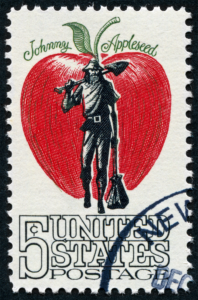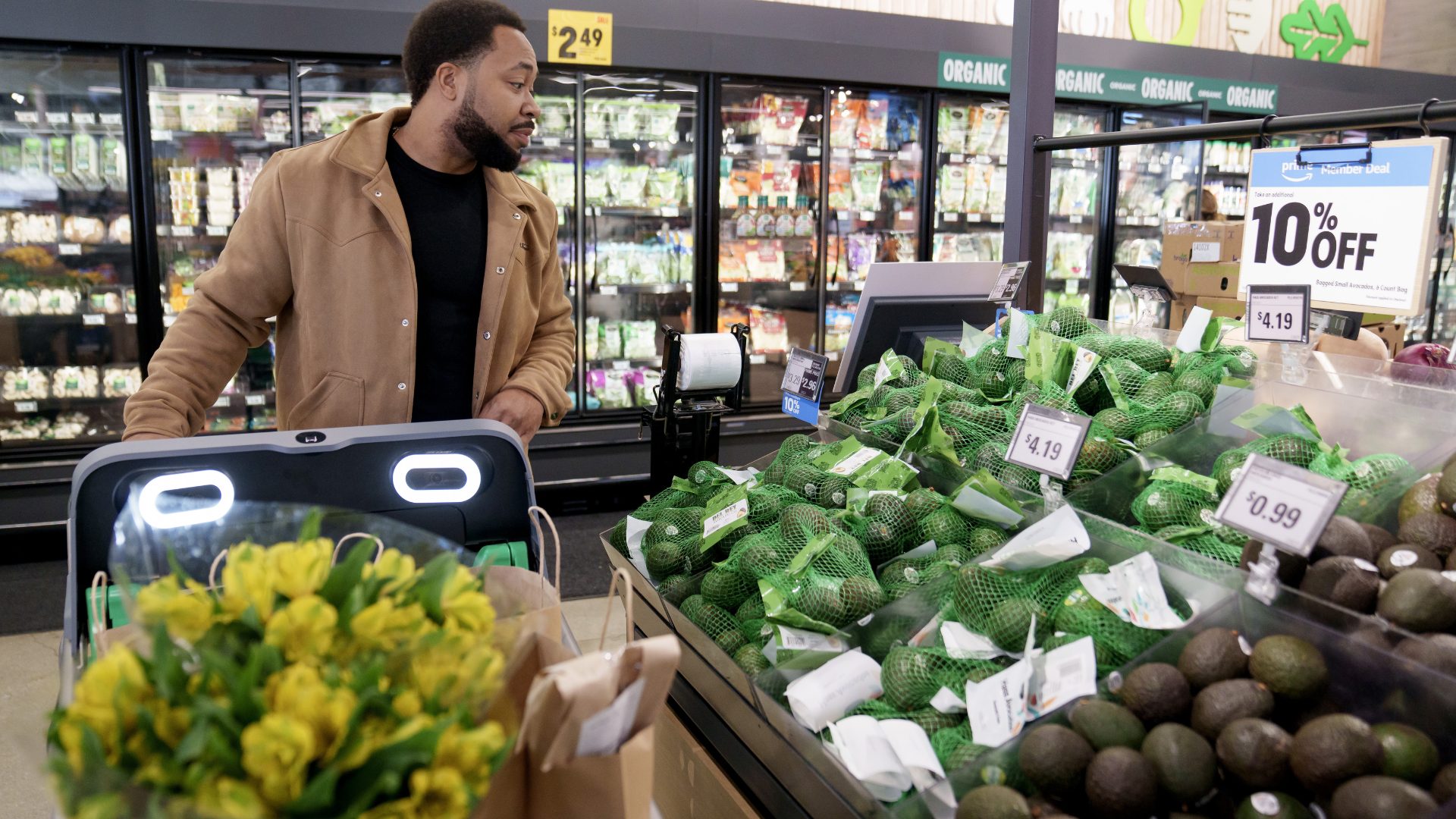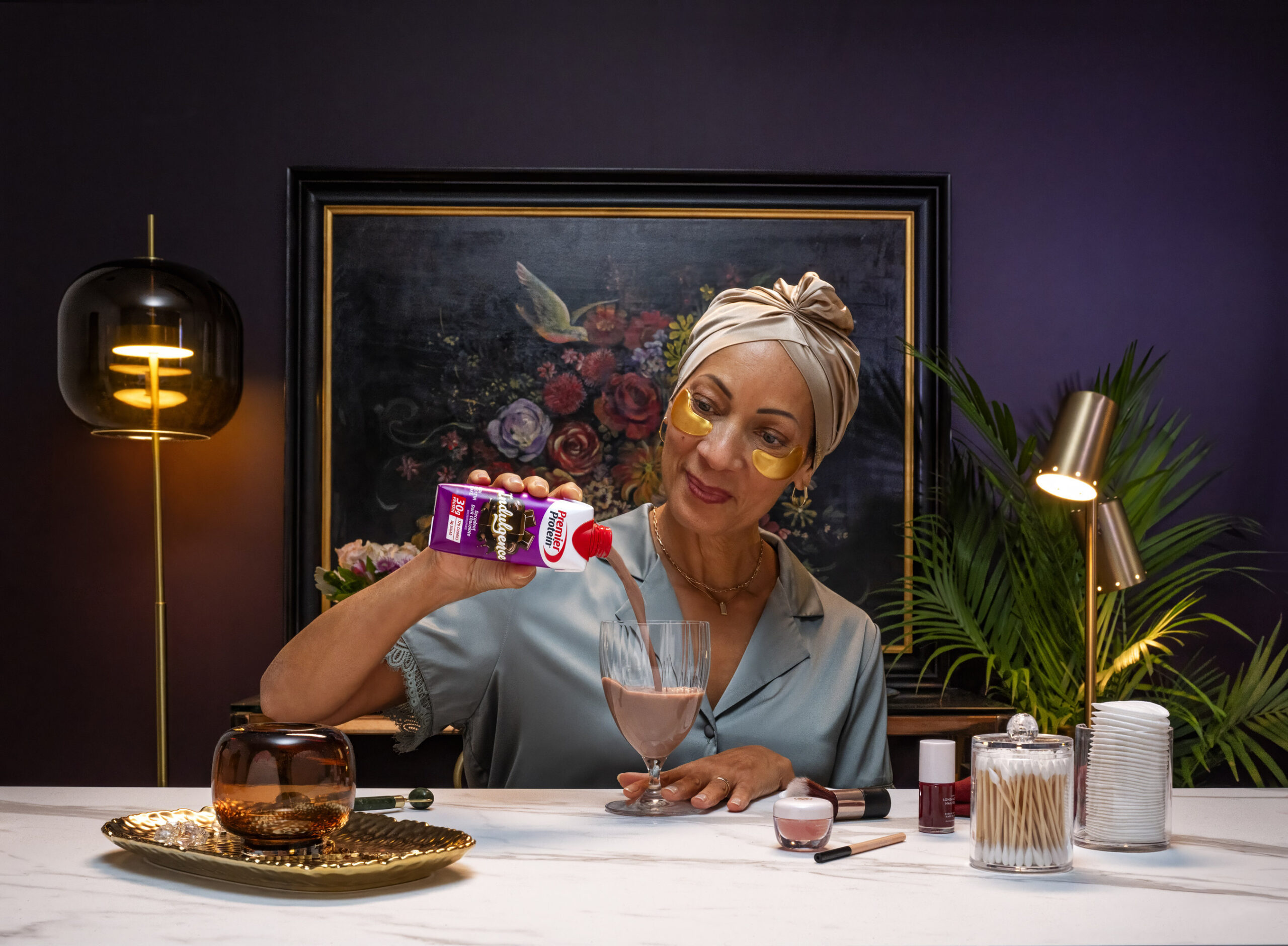October is a great month—playoff baseball returns, the school calendar is well underway, Halloween is nigh, and holiday plans are being made. Fall is also a particularly exciting time for food and beverage brands as they roll out autumnal flavors and collaborations, harnessing the chill in the air for a sumptuous slow-cooked meal and all the trappings for consumers’ lazy afternoons (perhaps with a crisp Bavarian festbier or maybe plans for an evening fire). Others simply like to sip a cup of tea or fall asleep on the couch as the leaves tumble to the ground.
Fall is also cider season and October is National Cider Month. Established in 2019 by Schilling Cider, a Washington-based cider company, National Cider Month promises hot mugs of crisp apple cider with a variety of orchard-grown and retail-sold apples, flavors, collaborations, and more.
Schilling Cider CEO and co-founder Colin Schilling recently sat down with The Food Institute to talk apples, flavors, and trends as the air grows a little colder. Schilling was also joined by Adam Ruhland, founder of Minnesota-based Wild State Cider, as well as Whole Foods Market, Inc.’s Mary Guiver, principal global category merchant at the Amazon-owned grocer.
Apple Cider: Historically Awesome with an American Twist
“The founding fathers drank a lot of cider,” Schilling said with a laugh, adding that the Johnny Appleseed myth is based on a business-oriented and pious farmer named John Chapman who bought and sold tracts of land and who helped develop thousands of apple trees and orchards around the turn of the 19th century.

John Chapman was the first honoree in the American Folklore series of stamps produced by The Mystic Stamp Company. The stamp was issued on September 24, 1966, (two days before his 192nd birthday) in his hometown of Leominster, Massachusetts.
Despite its roots as a European quaff, cider was the most prominent alcohol in the U.S. for many years and carries a history of American innovation with it. Schilling said most European ciders are mostly apple and/or perry ciders, which is not to be confused with pear cider—perry cider is the product of the fermentation of specific pear varieties and tends to be lighter and more floral than traditional ciders.
In the U.S., however, countless cideries, breweries, and more run wild with the seasonal favorite, imbuing different flavors, styles, colors, and unique ingredients (such as chiles).
“I’ve seen cider really embrace a craft-beer-style approach in terms of focusing more on local, high-quality ingredients and unique flavor profiles with seasonality being critical,” Guiver added.
“Cideries have also adopted a new format—we aren’t in 750-ml territory all the time anymore. Top brands are in four- or six-pack cans, which are more sessionable and have a more balanced sweetness.”
Like session beers, Guiver said many ciders feature a higher ABV than what many people are used to (or remember!). “We’re seeing more ciders with ABVs of 7% or more as customer trends change,” she added, “and cider is walking this line of tradition as well as approachability and innovation.”
Higher ABV and larger-format cans are also in store for Ruhland and Wild State. “We are working on more formats like 9-packs and larger can sizes,” he said. “We’ll be launching some lower- and higher-ABV cider in 2024, categories where we’ve been seeing interest.”
And consumers are responding. According to a recent report from Prophecy Market Insights, the domestic cider market is estimated to be around $5 billion, with a 3.7% CAGR by 2032 to just over $6 billion.
Cider Satisfies Many Contemporary Trends
Despite a reputation as a high-sugar treat, cider has also benefited from the better-for-you movement and has a strong hold in the market where innovation and unique flavor profiles meet seasonality and indulgence.
“I think consumers continue to look for products that they know have good clean ingredients and aren’t trying to hide anything,” Schilling said.
“Some of the alcohol products these days, the consumer doesn’t even know where the alcohol is coming from! Cider has such a great agricultural story and ties back to the land and the farmers. Most of the other ingredients like berries or herbs that can be added to cider also have really interesting local stories and farmer connections.”
Though Guiver admits there’s some hesitancy from consumers who associate ciders with a high-sugar experience, the sessionable sales of canned ciders and annual low-sugar options from new and well-established cideries have shifted that conversation a bit.
“Modern U.S. cideries have adopted a leaner style, more attenuated with less residual sugar, so you can pick up on the nuance of the juice as well as other flavors that the cider-maker is playing with,” she added, not unlike any number of craft beers infused with smoky chiles, tart and fruity flavors like pineapple and mango, or even how THC-infused beverages feature basil or lavender for an easy sipper on an autumn night.
Minnesota recently legalized dispensary sales of marijuana and THC-infused products in retail, and though Wild State is active in the space, Ruhland said the primary focus for his company is growing the cider side of the business.
“The future looks bright but this is one space where a crystal ball would be nice because there are a lot of people jumping in and a lot of consumers discovering it—it’s the Wild West a bit right now,” he added.
“What’s really cool about this current era of craft cider is that a lot of European styles are showing up in the newly approachable format of cans,” she said. “You’ve got Normandy-style, Basque-style, etc. They are very fun and traditional, lending themselves to food pairings and opening up a new generation of cider drinkers to European styles with a different history.”
For Wild State, Ruhland said Classic Dry is their top seller, “A dry, zero-sugar, low-carb cider. It’s simple, delicious, and made from quality ingredients.” Ruhland said better-for-you has certainly helped drive sales, “but if you look at the data, so are really high ABV ciders in larger can sizes, so there is a bit of a push and pull there; we have always simplified what is in our ciders and I think that resonates with a lot of consumers.”
Cider and better-for-you may not appear as likely companions, but the facts are pretty clear. Both Schilling and Guiver shared these gems about one of the fall’s most recognizable retail libations:
- Most ciders are naturally gluten-free.
- Cider has transparent ingredients lists and nutrition panels.
- Cider usually runs a lower ABV than wine.
- Cider features “living” fermentation that spirits lack.
- Some ciders are zero-carb.
- There are many “bone-dry”/zero-residual sugar ciders available.
- The craft beer revolution has naturally given way to many independent, small-batch cideries around the country that support local farmers and communities, supporting lower carbon footprints and reduced packaging and transportation emissions.
Better-for-you, indeed.
The Future of Cider Mimics Craft Beer
Guiver said that cider remains a strong market option in areas where the fruit is grown and juice is made, particularly in the Pacific Northwest. Regional cideries, however, are popping up in every state, and she believes regional brand growth is where the exciting future of cider lies.
“[Whole Foods] has a couple of brands with a national footprint that do very well with the help of a high ACV (or bigger distribution footprint), but when we zoom in, it’s regional brands like Schilling and newer local brands that are winning.”
Schilling said the pandemic really hit bars and restaurants hard and cider consumption really shifted to at-home drinking through grocery store purchases.
“We at Schilling have been working hard to support bars and restaurants, helping to bring that on-premise experience back to its former glory. I love grabbing a pint of cider on draft at a pub or restaurant and that experience allows more folks to try cider that will give them the confidence to pick up a six-pack at the grocery store later. Both are critical to growing the cider category.”
On that note, Guiver confirmed that cider sales have remained mostly steady and actually increased a bit as the pandemic continues to recede, bolstering dollar share of the beer/cider category at Whole Foods Market.
“The struggle we see with larger brands declining is offset by the growth of the smaller cider brands—the shift in consumer awareness and a unified craft cider voice is really picking up, so I expect this march upward to continue.” She also believes innovation in cider is focused on higher-ABV products, and that the agricultural side of cider will attract more consumers as the push for food and ingredients transparency continues apace. Cider aged in wine or spirits barrels or that mimics flavor profiles of popular cocktails (like gin and tonics) will continue to drive sales of the earthen spirit.
Despite cider’s rise in the mind (and refrigerators) of the consumer, Ruhland knows every cidery and business owner with a stake in the game needs to balance the novel with the classic and that there’s no silver bullet—especially this October—to slay the larger business issues of market share, brand recognition, and the next big breakthrough in cider.
“Shelf space is shrinking, and every smaller bev-alc producer is having the same problem: staying relevant in an existing category when ‘new’ is so much more exciting to buyers,” he said.
“I think cider will continue its slow march forward as regional cider grows and national cider retracts. It’s bright ahead, and there are still so many people who don’t know much about this category.”
Guiver agrees. “It’s my belief that one of the biggest opportunities is to share the agricultural story of cider, no matter which brand you are,” she noted. “Educating the customer on the heritage and the farmers out there that make cider possible will be a huge unlock for this category.”
When the apples are pressed, the juicers juicing, and the orchard trees growing sparse, what does it mean for consumers and the grocers who stock cider for them?
“It means that cider isn’t so seasonal anymore,” Guiver said. “It means cider is a year-round option that checks a lot of boxes! Celebrating apple harvest and drinking cider in the Fall just feels right.”
Cheers to that!












